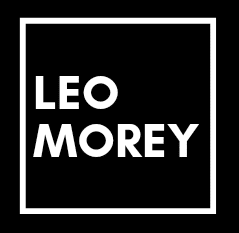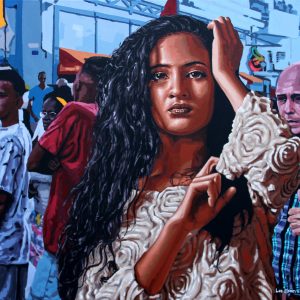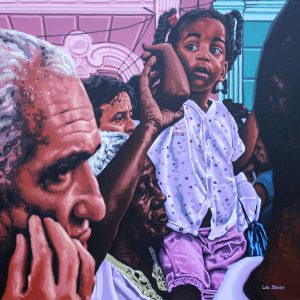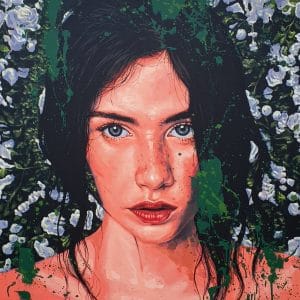“Cuba a flor de piel“
Cuban Identity explored through Contemporary Painting
-
 Home Run£1,900.00
Home Run£1,900.00 -
 Las Floreras£1,000.00
Las Floreras£1,000.00 -
 The Ride£2,400.00
The Ride£2,400.00
-
 The Dreamers£500.00
The Dreamers£500.00 -
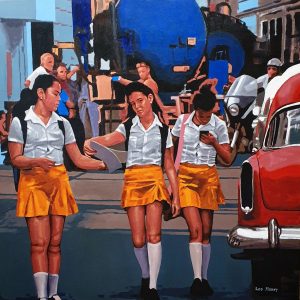 Muchachas£700.00
Muchachas£700.00 -
 Sunflower Vendor£1,000.00
Sunflower Vendor£1,000.00 -
 Havana Sunflowers£1,000.00
Havana Sunflowers£1,000.00 -
 Procession£700.00
Procession£700.00 -
 The Queue£800.00
The Queue£800.00 -
 Tropicana Dancer£600.00
Tropicana Dancer£600.00 -
 White Rose£700.00
White Rose£700.00 -
 The Old Welder£0.00
The Old Welder£0.00 -
 Sunflower Revolution£1,100.00
Sunflower Revolution£1,100.00 -
 Future£1,000.00
Future£1,000.00
-
Product on sale
 BasquiatOriginal price was: £600.00.£550.00Current price is: £550.00.
BasquiatOriginal price was: £600.00.£550.00Current price is: £550.00. -
Product on sale
 WarholOriginal price was: £600.00.£550.00Current price is: £550.00.
WarholOriginal price was: £600.00.£550.00Current price is: £550.00.
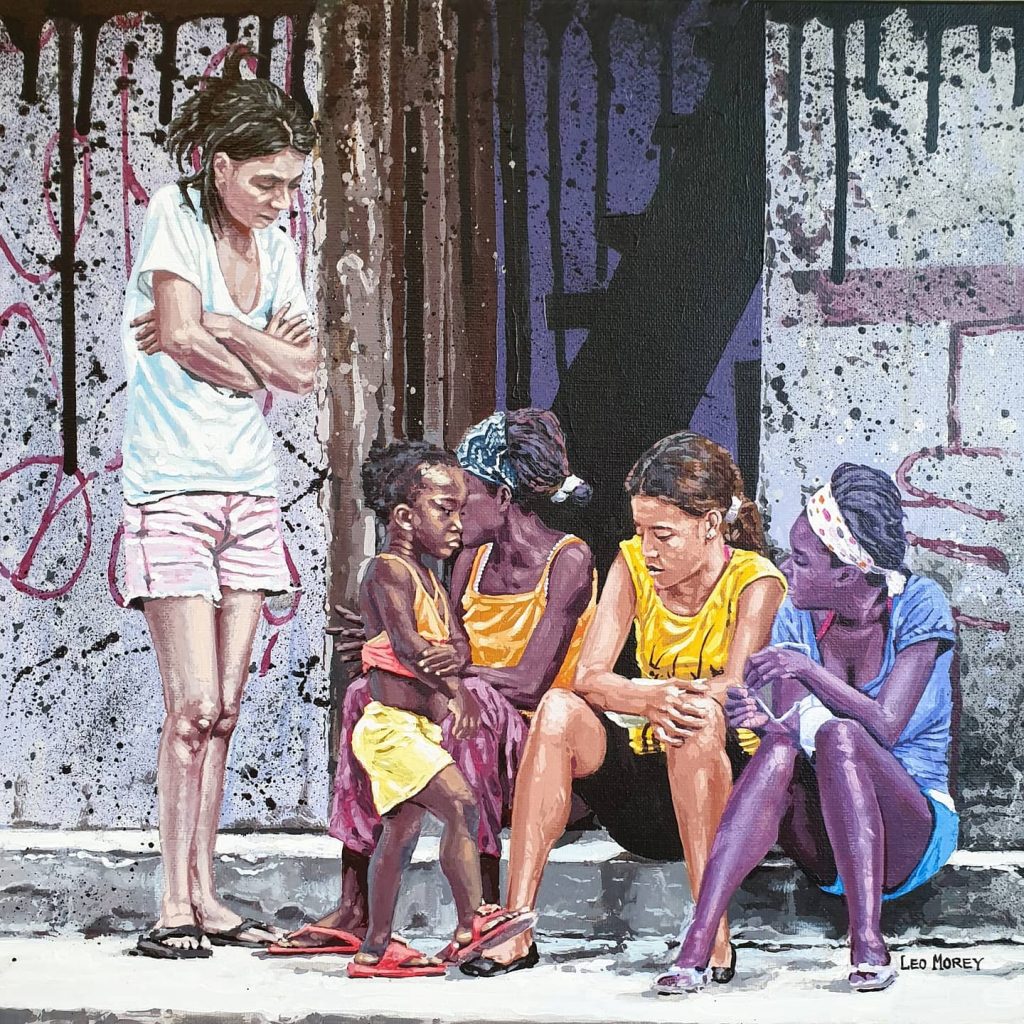
40 x 40 cm

50 x 50 cm

40 x 40 cm

40 x 40 cm

80 x 80 cm
-
 Sunflower vendor Limited Edition Print£20.00 – £30.00
Sunflower vendor Limited Edition Print£20.00 – £30.00
Previous works
York cityscapes


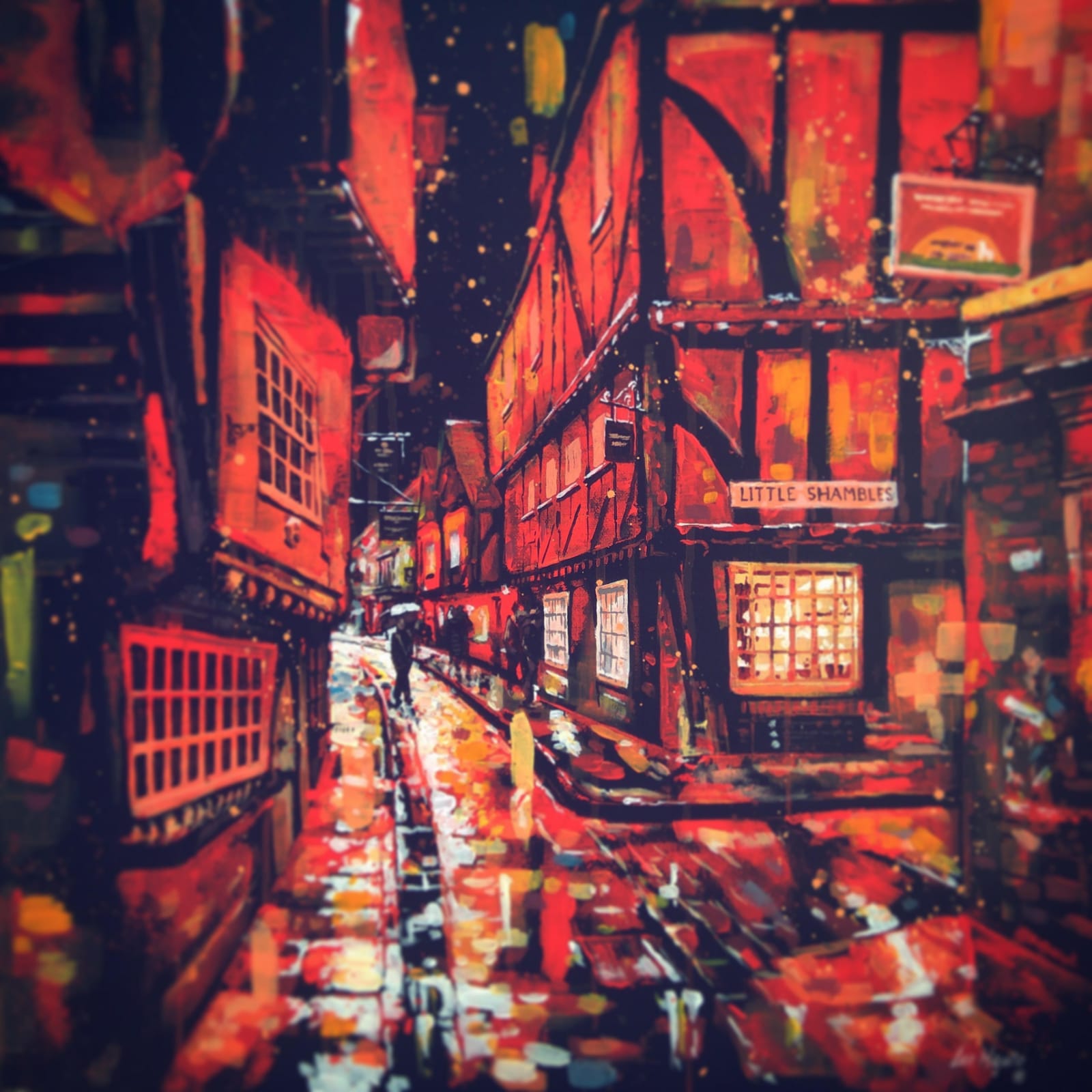






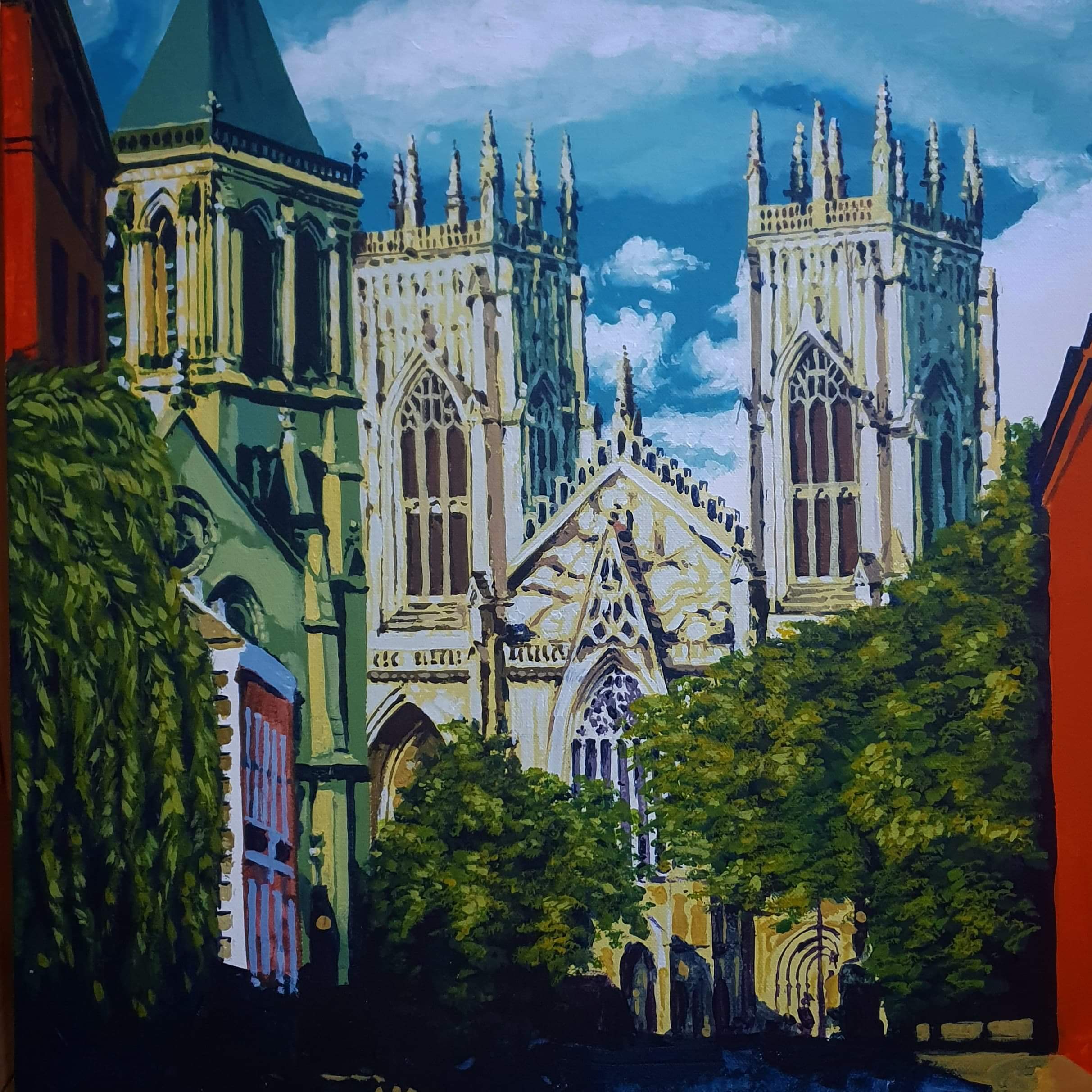
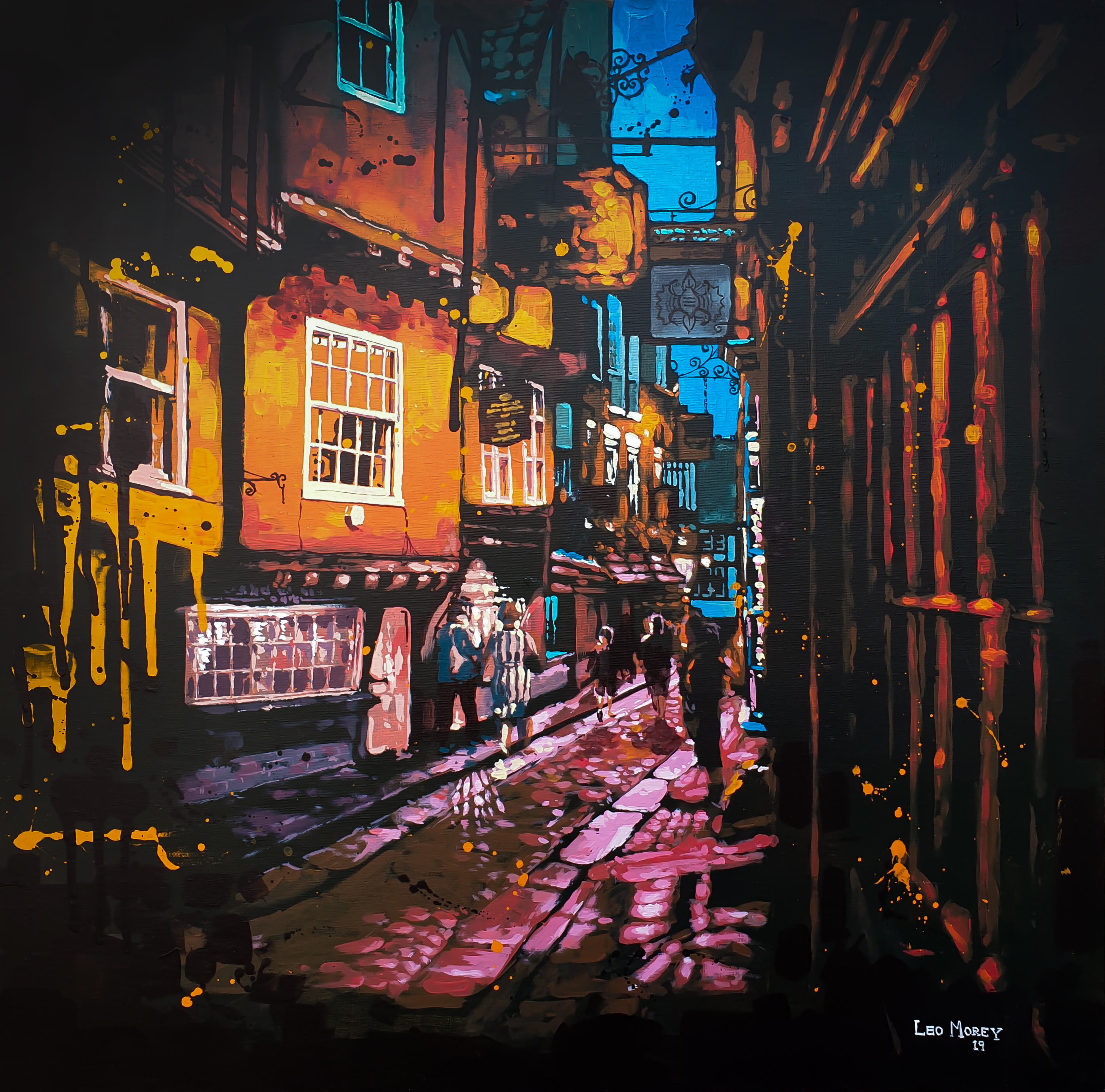




¨The visual arts are more privileged than other art forms. Since the 1980s, there has been a notable increase in sales of contemporary Cuban art abroad. The combination of Cuba’s economic precariousness and its socialist system make it impossible for there to be a national market for visual art. Cuba cannot sustain the dealers, collectors, and art patrons that a local art market needs.
In Cuba, every year we have festivals of cinema, dance, ballet, theater, literature, and music in Havana, and in the provinces, there are also many events. However, once each festival is over, the audiences return to their homes knowing that well, yes, our island offers these activities. They might be carried out with limited funds and they might be mediocre, or even scandalous; in short, they might be cultural events that do not merit international exposure. But things are different in the visual arts. Local Cuban audiences are not as interested or identified with this form of cultural expression. While music concerts and other performing artists events are often mobbed, fine arts venues are far less likely to be overwhelmed by the local public. The audience for fine art is an elite audience, and it is more international, less local.
Cuba is defined by its conditions of existence — it is geographically and politically isolated. It is stuck. It is out of date. Even in its most radical aspects, Cuban art is only understood through its fateful connection with the ideological, political, social, historical, and commercial life Cubans live. Art might reflect all these realities at once: that which is hidden, or permitted, or censored. Our politics are measured by our art in a general sense. At the same time, the domain of visual art has been the most incisive, which is to say the space of greatest resistance¨.
Katherine Bisquet
About the artist…
Leo Morey is a Cuban artist born in 1995 in the city of Matanzas. He is a graduate of the Cuban Art Academy “Diego Querol” of Matanzas. He started producing a series of self portraits bringing up social issues in contemporary Cuba. Leo took part in several exhibitions in his home city as well as he was selected winner of the First Prize at the Annual Exhibition of the Gallery “Pedro Esquerré” specialized in Cuban Art. He also worked for various private collectors in south Florida during his brief stay in Miami in 2017. In 2018 Leo Morey moved to York UK and 2 years later, influenced by the global pandemic and working in isolation, he commenced the series “Cuba a flor de piel”: a more personal collection of paintings inspired by experiences and memories of his home country.
